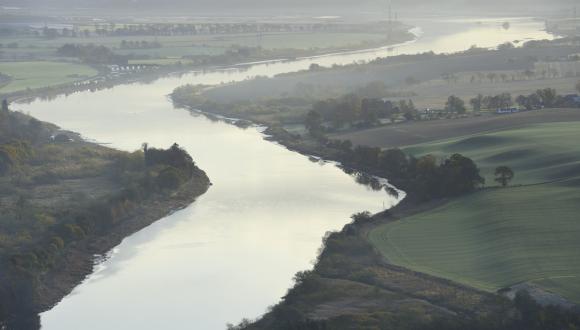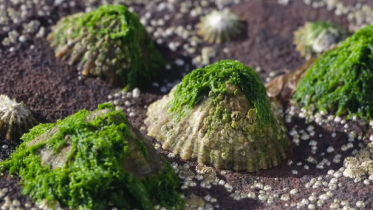Allis shad and twaite shad
Scotland’s two shad species are so similar in appearance that only experts can tell them apart.
The allis shad (Alosa alosa) and twaite shad (Alosa fallax) aren’t purely freshwater-resident. As anadromous species, shad live in the sea as adults but migrate to freshwater to spawn.
Shad are present in coastal environments across Europe, from southern Norway to the eastern Mediterranean.
In Scotland, shad are most commonly associated with the Solway Estuary. But little is known about their adult distribution and spawning sites.
Elsewhere in the British Isles, both species are most often found on the south-west coast and, in particular, in the rivers Severn, Usk and Wye.
Spawning
Allis shad and twaite shad spawn from April to May. Both species spawn on rocky river substrates, and the eggs require good quality, well-oxygenated water to survive.
In the first few months after hatching, the juvenile fish migrate to sea, where they feed on a range of marine crustaceans and small fish. Three to four years later, on reaching maturity, the fish return to the river to spawn.
Threats to shad
Poor water quality and barriers to suitable spawning areas are significant issues for allis shad and twaite shad.
Shad were previously exploited for food, and both species supported a number of commercial fisheries elsewhere in their British and European range.
It is now illegal to fish for shad in Britain. But some continental European fisheries still operate.
Protection of shad
Both allis shad and twaite shad are protected species of fish.
Learn about fish and licensing.
Allis shad and twaite shad are also UK Biodiversity Action Plan priority fish species.





